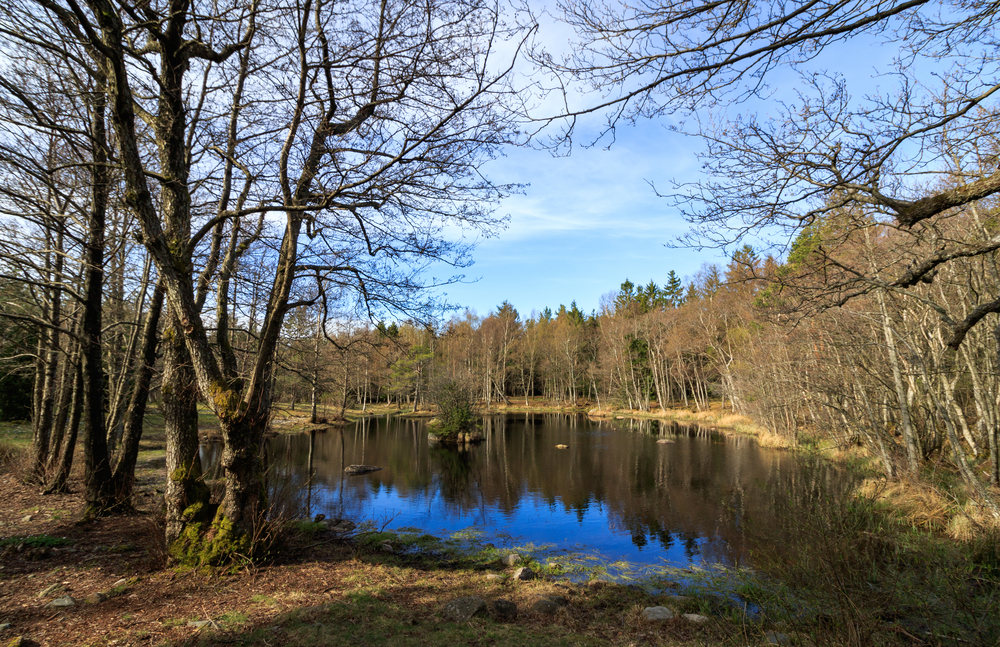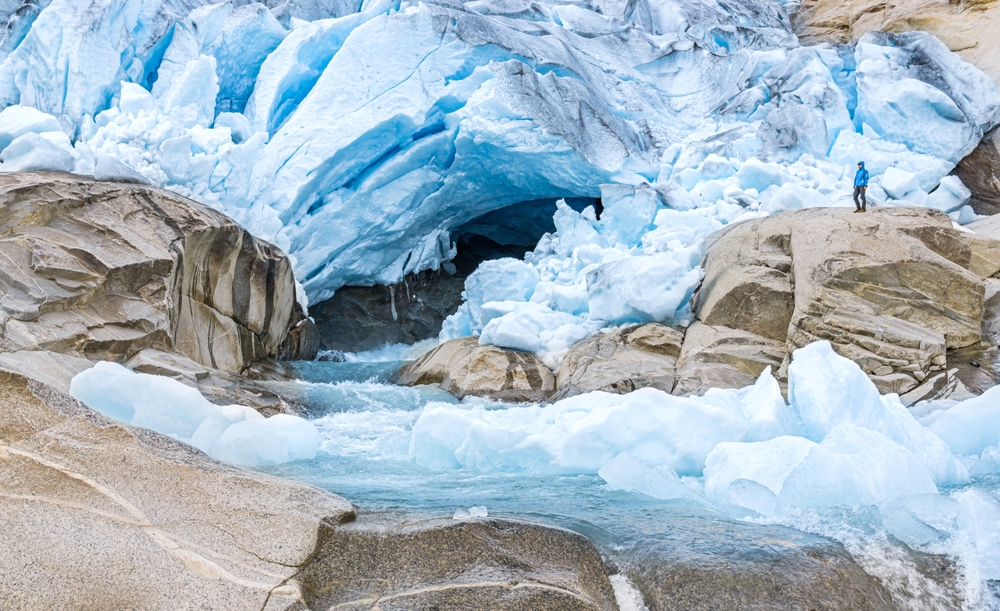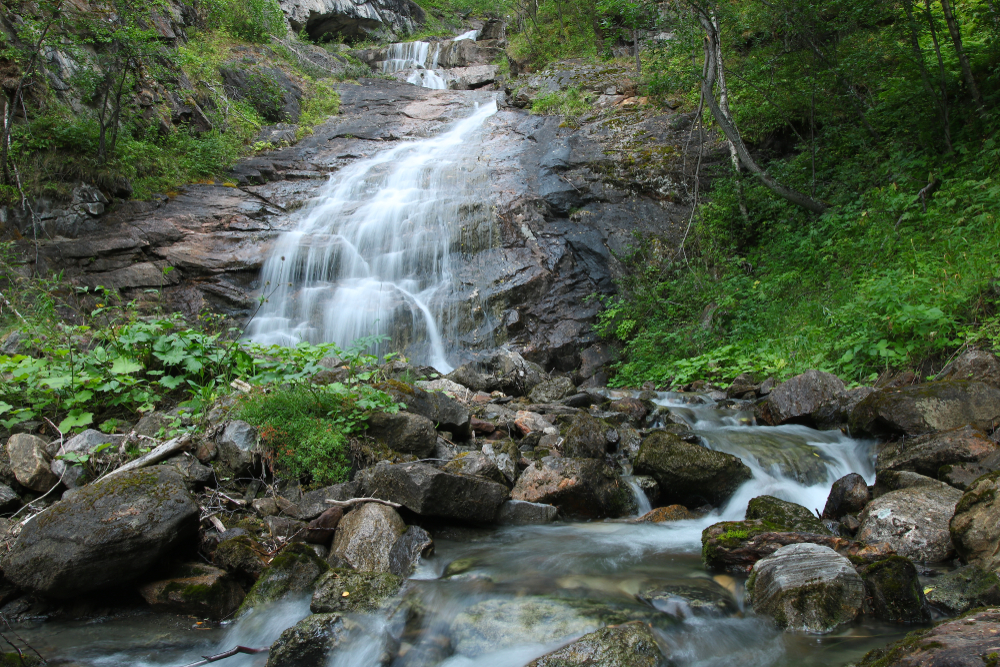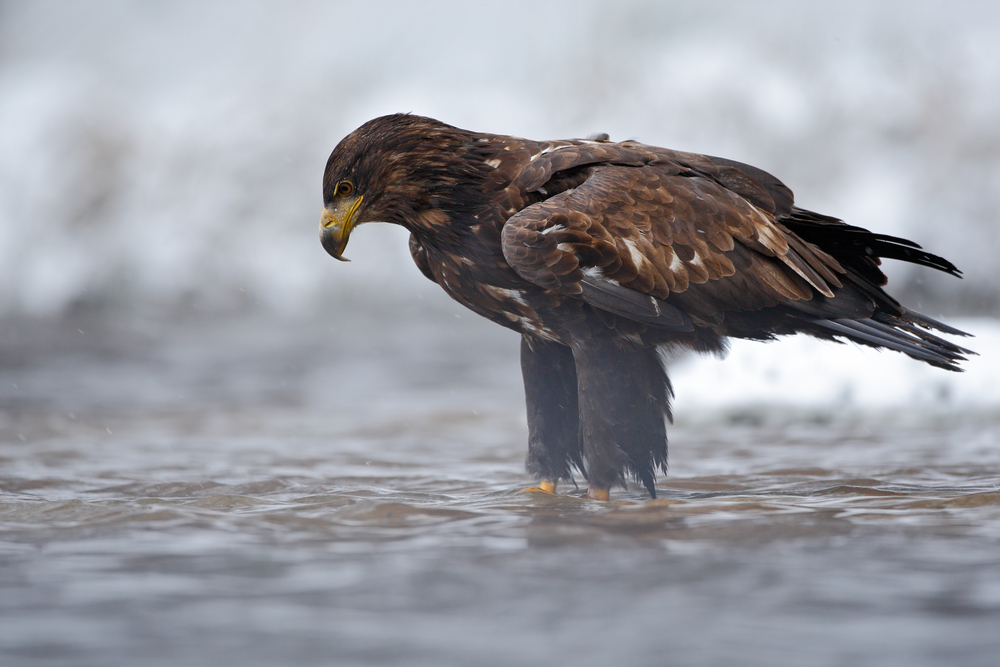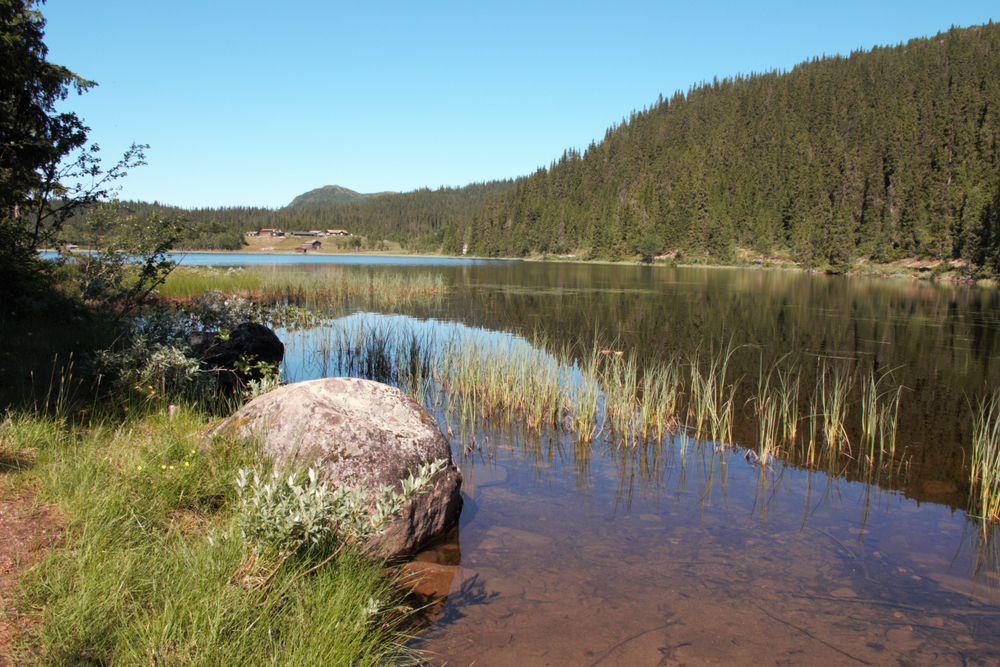Lofotodden Overview
Lofotodden National Park, known locally as Lofotodden Nasjonalpark, is a rugged and remote protected area in Norway’s Lofoten archipelago. Covering approximately 43 square miles (111 square kilometers), the park is located in Nordland County, encompassing the southernmost tip of the islands of Moskenesøya and Flakstadøya.
Established in 2018, the park preserves the dramatic natural beauty of the Lofoten Islands, characterized by towering peaks, deep fjords, and untouched coastal landscapes. The area is famous for its jagged granite mountains that rise sharply from the sea, with notable peaks such as Hermannsdalstinden, which stands at 1,029 meters (3,376 feet) above sea level. The landscape is shaped by glacial activity, resulting in steep cliffs, carved valleys, and pristine alpine lakes.
The vegetation in Lofotodden National Park is a mix of Arctic and coastal ecosystems, with hardy plant life adapted to the cool maritime climate. Along the coast, visitors will find windswept heathlands and small patches of birch forest.
The higher elevations are covered with alpine meadows, mosses, and lichen, while the wetland areas and riverbanks provide habitat for a variety of plant species, including rare orchids and other flora adapted to the park’s nutrient-rich soil. The coastal environment features rugged rocky shores, sandy beaches, and deep fjords that create a stunning contrast to the sharp peaks rising in the background.
Lofotodden National Park is home to a diverse range of wildlife, although the harsh climate and rugged terrain limit the presence of large mammals. Among the most commonly seen animals are moose, red foxes, and otters, which thrive in the park’s coastal and wetland areas. Seabirds are among the most iconic species found in the park, with large populations of white-tailed eagles, puffins, and black guillemots nesting on the cliffs and along the shoreline.
The surrounding waters are rich in marine life, including harbor seals, orcas, and other whale species that can often be seen off the coast. The fjords and estuaries also provide habitat for migratory birds, making the park a popular destination for birdwatchers.
One of the most well-known attractions within the park is the Bunes Beach, a remote and scenic sandy shore accessible only by boat and a short hike. Kvalvika Beach, another famous destination, is known for its breathtaking views and dramatic mountain backdrop.
For those seeking a challenge, the hike to the summit of Hermannsdalstinden provides one of the most rewarding panoramic vistas in the Lofoten Islands. Other notable areas include the Reinefjord and the small fishing villages that dot the coastline, offering visitors a glimpse into the traditional way of life in Lofoten.
Visitors to Lofotodden National Park can explore the landscape in various ways, including hiking, kayaking, and wildlife watching. The park features a network of well-maintained trails that range from short, scenic walks to demanding multi-day treks.
Kayaking is a popular way to experience the fjords and coastline, allowing adventurers to get close to marine wildlife and enjoy the stunning scenery from the water. In winter, the park offers opportunities for backcountry skiing and northern lights viewing, as the region’s remote location and minimal light pollution create perfect conditions for aurora borealis sightings.
Conservation efforts in Lofotodden National Park focus on protecting its delicate ecosystems and unique coastal landscapes. The park’s remote nature and rugged terrain help preserve its wild character, but challenges remain, including the impacts of climate change, increasing tourism, and the need for sustainable visitor management.
Successful conservation initiatives include habitat restoration, strict regulations on camping and fishing, and efforts to limit human impact on the fragile alpine and coastal environments.











































































